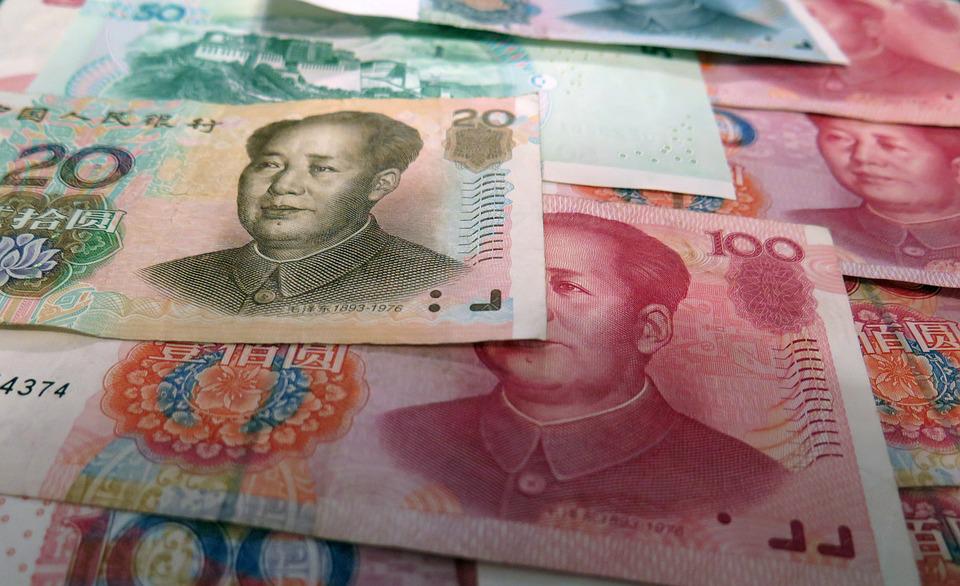Chinese yuan failed to make much progress at the start of this week. This is because, the data showing rising exportation over the weekend was nullified by the anticipation of more aggressive tightening by the US.
The surprise acceleration of US employment growth in July increased market expectations for another 75 basis-point boost at the Federal Reserve’s meeting on September 21. As a result, the dollar maintained its gains versus its key trading partners. Market mood is expected to continue to be negatively impacted by the dollar’s strength and Sino-US tensions over Taiwan following US House of Representatives Speaker Nancy Pelosi’s visit to the island last week, according to traders. The People’s Bank of China (PBOC) fixed the midpoint rate for the dollar at 6.7695 before the market opened, 290 basis points (pips) or 0.43 percent lower than the previous fix of 6.7405. The onshore yuan started trading at 6.7600 per dollar on the spot market and was at 6.7633 at lunchtime, 3 pip lower than the previous late session finish.
Market mood is expected to continue to be negatively impacted by the dollar’s strength and Sino-US tensions over Taiwan following US House of Representatives Speaker Nancy Pelosi’s visit to the island last week, according to traders. The People’s Bank of China (PBOC) fixed the midpoint rate for the dollar at 6.7695 before the market opened, 290 basis points (pips) or 0.43 percent lower than the previous fix of 6.7405. The onshore yuan started trading at 6.7600 per dollar on the spot market and was at 6.7633 at lunchtime, 3 pip lower than the previous late session finish.
Chinese Optimistic July Trade Figures Provided an Energizing Boost to the Economy
China’s optimistic July trade figures provided an energizing boost to the economy as it attempts to rebound from a COVID-induced downturn, which helped to partially counter the adverse impact. Exports increased by an unexpected 18 percent year on year, the fastest increase so far this year. According to Chen Jingyang, Asian FX strategist at HSBC, “despite all the worries we have about recession risks and a resulting downturn in China’s external demand, trade growth so far this year has been far stronger than predicted.”
Chen maintains that if the world economy slows and domestic demand growth accelerates, Chinese trade surplus will eventually decrease. Chen also points out that the yuan should be less impacted by changes in the dollar soon due to exporters’ large FX revenues and under-hedged positions.
Stronger anticipation that the Fed would deliver a third 75-basis-point interest rate rise next month put pressure on the futures market. Widening premiums above Chinese equivalents were caused by rising US Treasury rates. A fresh 11-year low of -880 points was reached for one-year dollar/yuan swap points. Given that the two largest economies in the world have different monetary policies, analysts predict that the yield difference will persist for the rest of the year. Carlos Casanova, a senior Asia economist at UBP, predicted in a note that the policy gap with the US will continue to be large in H2 2022. As foreign demand declines in the upcoming months, the trade surplus may also contract, which might push the yuan’s value down to 6.90–6.95 by year’s end.
Carlos Casanova, a senior Asia economist at UBP, predicted in a note that the policy gap with the US will continue to be large in H2 2022. As foreign demand declines in the upcoming months, the trade surplus may also contract, which might push the yuan’s value down to 6.90–6.95 by year’s end.
At noon on Monday, the offshore yuan was trading at 6.7697 per dollar, while the global dollar index was at 106.561.
Note: Forexschoolonline.com is not a financial advisor. Do your research before investing your funds in any financial asset or presented product or event. We are not responsible for your investing results.


Leave a Reply